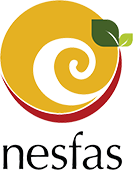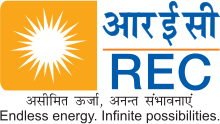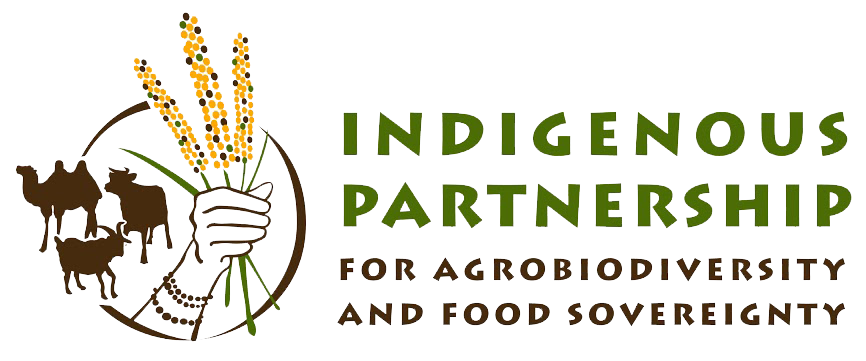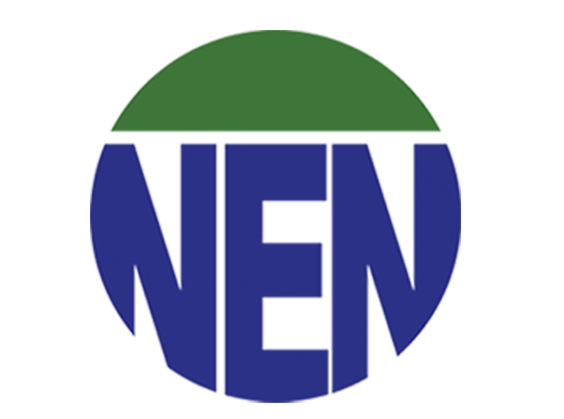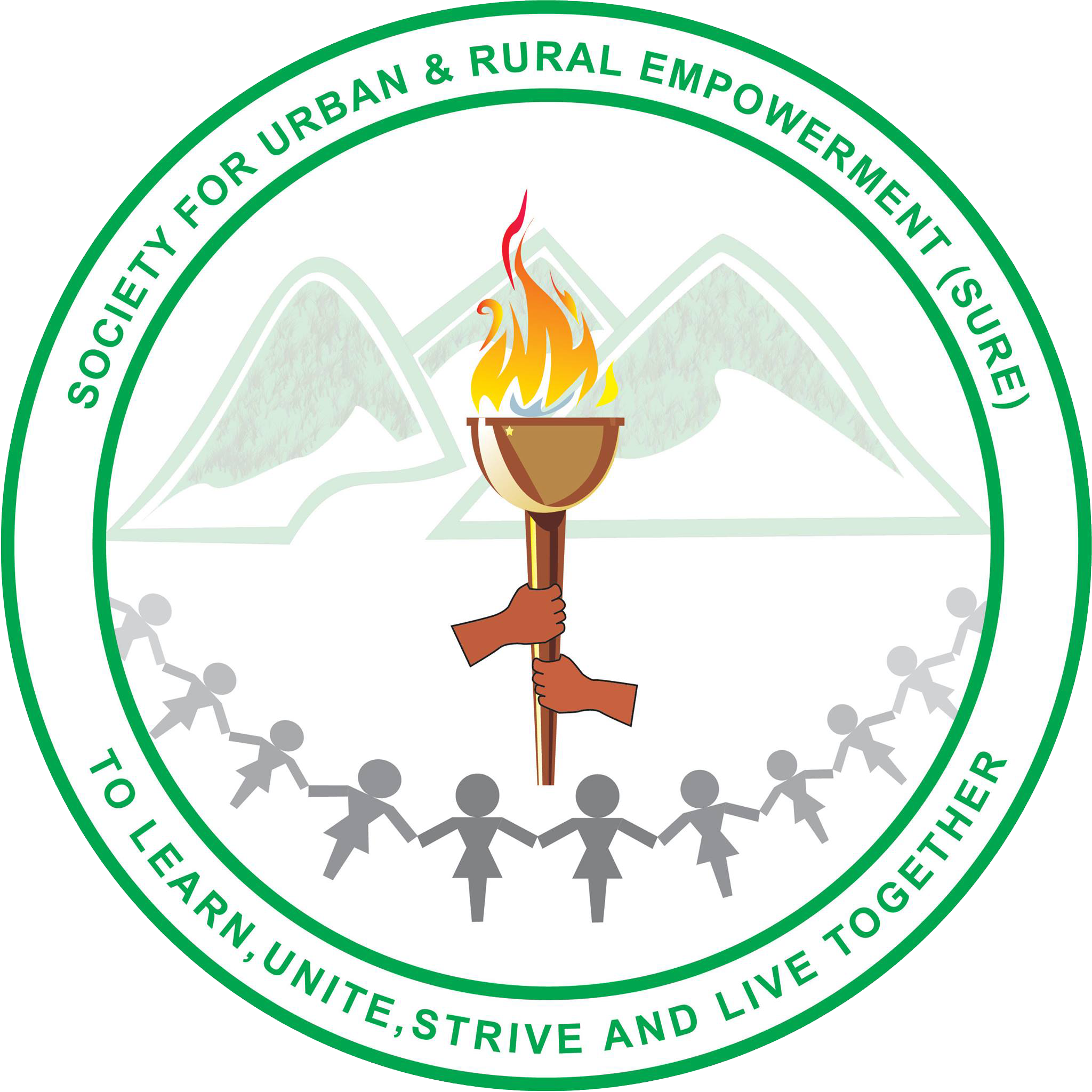Facebook
Twitter
Annual Report
Newsletters
Publications
- 2. Nutritional status, food insecurity, and biodiversity among the Khasi
- 1. Mother and child nutrition among the Chakhesang tribe
- 3. School Garden Manual
- 4. Changing gender roles and relations in food provisioning among matrilineal Khasi and patrilineal Chakhesang Indigenous rural People of NE India
- 5. Nutritional Manual for School MDM Programs
- 6. ABD and Priority Food Plants for School MDM Programs
- 7. Landscape Resilience in Khweng and Umsawwar communities
- 8. Identifying Stress Tolerant Crops in NE India
- 9. Value chain of Eri Silk “Ryndia”
- 10. Land Tenure System and Landlessness in Meghalaya
- 11. Bushmeat- The Hidden Dangers
- 12. Best Practice in IFS of Meghalaya
- 13. Indigenous food promotion-Dietary Diversity
- 14. Assessment of WASH Interventions
- 15. Dietary Diversity Score Analysis in Ri-Bhoi
- 16. Disaster Management Act 2005 Analysis
- 17. Agrobiodiversity and Priority Food Plants for Inclusion in the School MDM Program
- 18. Participatory Mapping of Agrobiodiversity 2019
- 19. Market survey for assessing demand of organic food
- 20. Pollinators study and Indigenous pollinators network
- 21. Analysis of Barriers Affecting Children and Mothers’ Nutrition and Health Status
- 22. Dietary diversity and its determinants among Khasi and Garo indigenous women (15 to 49 years) in Meghalaya, northeast India
- 23. The White/Wiphala Paper on Indigenous Peoples’ food systems
- 24. Indigenous Peoples’ food systems
- 25. Report on dietary diversity survey 2019
Tags and Categories
Tags and Categories
- #Covid-19
- #indigenousfoodsystems
- #indigenouspeoples
- #Shillong
- Agrobiodiveristy
- Agroecology
- Agroecololy
- biodiversity
- community
- farmers
- Farmers' Market
- food
- Food and Nutrition
- food festival
- food security
- Garo Hills
- indigenous
- Indigenous Communities
- Indigenous Food
- Indigenous Food Systems
- Indigenous Knowledge
- Indigenous peoples
- Indigenous Seeds
- Indigenous Terra Madre
- jhum
- kids kitchen
- Kitchen Gardens
- local food
- Local Food Systems
- Local Seeds
- Mawphlang
- Meghalaya
- Mei-Ramew Cafe
- Mei-Ramew Farmers' Market
- millet
- nesfas
- nutrition
- pollinators
- rice
- school garden
- Slow Food
- Terra Madre
- Traditional Knowledge
- workshop
- youth empowerment
Author Archives: Damica M Mawlong
Nohron community members’ obtain good quality Berkeley Compost
Members of Snohktilang Self Help Group (SHG) of Nohron community obtained a good quality Berkeley compost this November. Before this, members of the SHG held a Berkeley compost training in October and taught community members how to prepare this … Continue reading
Garo Hills communities exchange saplings to increase diversity
Monoculture has proven to be both a blessing and boon for some farmers across several areas in Meghalaya. However, this type of farming goes against traditional farming and also ensures no crop diversity in that particular area. Continue reading
Madanritiang community aims to revive, save old local traditional seeds
NESFAS always aimed to connect people to the pleasure of tasty, healthy, local food that is inseparable from people’s responsibility towards the environment and the preservation of agrobiodiversity. The NESFAS team had recently organized an awareness campaign in Madanritiang about … Continue reading
NESFAS Partner Communities Celebrate World Food Day
World Food Day, a day dedicated to tackle world hunger, is annually celebrated on October 16, 2020 globally. To commemorate this day, the North East Slow Food and Agrobiodiversity Society (NESFAS) along with its partner organisations — Society for Urban … Continue reading
Posted in ARTICLE
Tagged #Shillong, communities, Meghalaya, Nagaland, World Food Day
Leave a comment
Nature’s Classroom: Children benefit from ABD walks while taking a ‘break’ from school
In the wake of the ongoing pandemic, children have been taking a break from school since the COVID-19 virus has been spreading far and wide. In urban areas, schools have adopted online teaching despite many complaints of poor connectivity. However, … Continue reading
 Translate
Translate